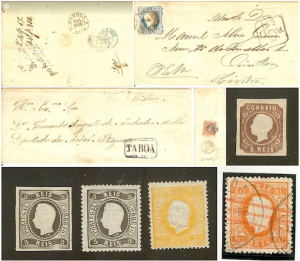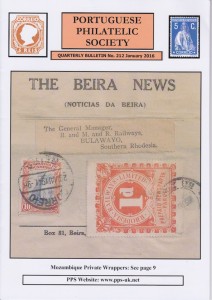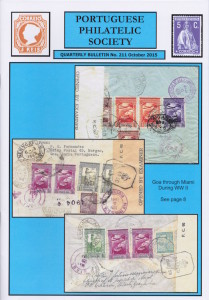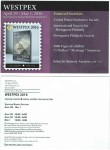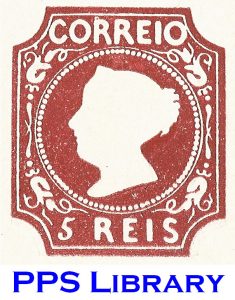 The PPS librarian can help the PPS members also with information concerning general books, such as the “Higgins & Gage” catalogue. Please feel free to ask him if you have a question about (general) books and articles concerning the Portuguese philately. See the PPS bulletin or send him an email: Frits van Beekum
The PPS librarian can help the PPS members also with information concerning general books, such as the “Higgins & Gage” catalogue. Please feel free to ask him if you have a question about (general) books and articles concerning the Portuguese philately. See the PPS bulletin or send him an email: Frits van Beekum
